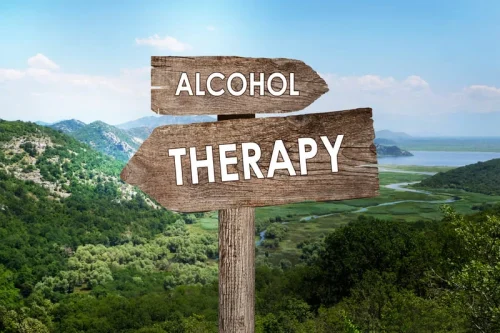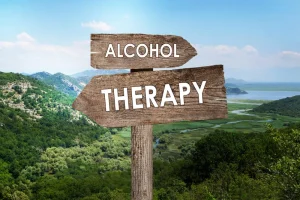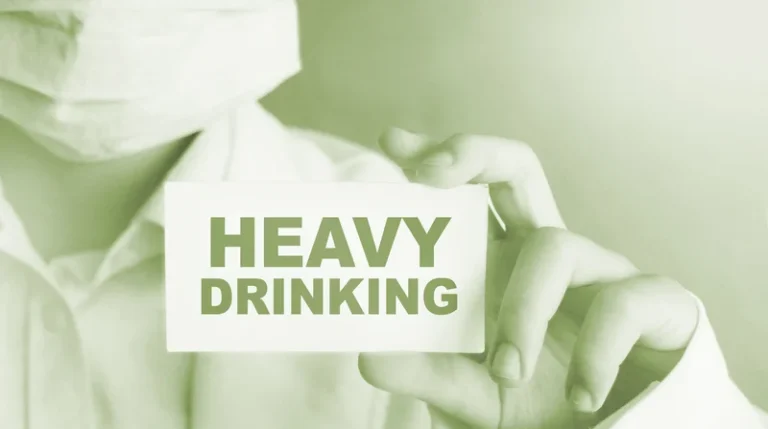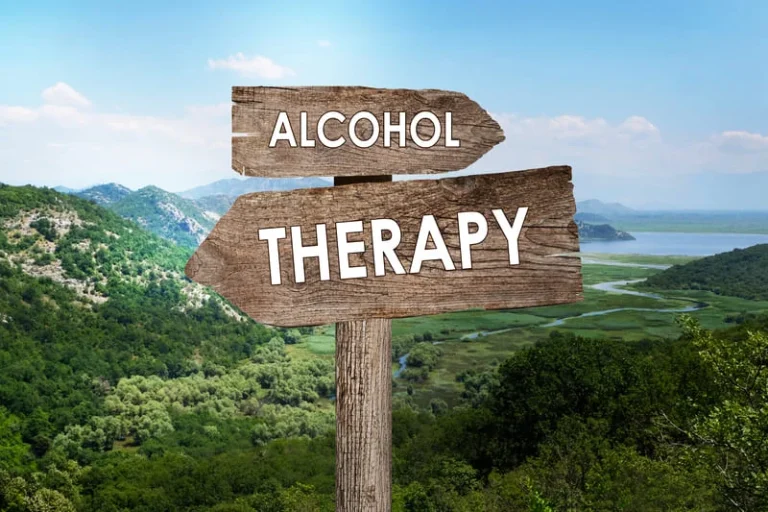Sober living
Alcohol drug


According to the 2016 National Survey on Drug Use and Health, about 136.7 million people aged 12 or older used alcohol and about 15.1 million people had an alcohol addiction in 2016. Beer, wine and distilled spirits are generally the most common types of alcohol Americans drink. Alcohol is controlled through regulations established by governments and enforced by various agencies to address its potential for addiction and misuse. In the United States, the Alcohol and Tobacco Tax and Trade Bureau (TTB) manages the production, distribution, and labeling of alcohol, while individual states enforce laws regarding sales and consumption. These regulations include setting legal drinking ages, licensing requirements for retailers, taxation, and restrictions on advertising to limit excessive use and protect public health. Globally, the World Health Organization (WHO) provides guidance on alcohol policies, promoting measures such as education, pricing strategies, and limits on availability to reduce alcohol-related harm.
Spirits
Having a drink while getting together with family or friends is often part of many special occasions. Treatment can provide the support and resources necessary is wine addictive to get your life back on track. Contact a treatment provider today to discuss and explore the treatment options available to you.
The Effects of Alcohol Consumption


Drinking motivations include enhancement, conformity, sociability, and coping, which contribute to varying patterns of alcohol consumption. There are effective treatments for alcohol use disorder—and treatment is not limited to luxury rehabs or 28-day residential programs. In fact, effective treatment for alcohol use disorder can start in a primary care doctor’s office, where needs can be assessed and referrals can be made. Ethyl alcohol, which is created during the fermentation process, is what causes the intoxicating effects of beverages like beer, wine, and liquor. The key factor is the total amount of alcohol consumed, not the order of drinks. Beer can contribute to weight gain more significantly than wine due to its higher carbohydrate content and the volume in which it is typically consumed.
- These stages reflect both the physical reliance seen in dependence and the compulsive behaviors defining alcohol addiction.
- Drinking small amounts of alcohol can benefit heart health, as it raises the good cholesterol the body needs and provides antioxidants.
- Alcohol is also commonly used as a coping mechanism for stress, anxiety, or other discomforting emotions and feelings.
Recovery Programs


In contrast, liquor is frequently consumed in smaller amounts, often mixed into cocktails or taken as shots. Cultural attitudes towards beer and liquor also affect how they are perceived and consumed. The impact of beer vs. hard liquor depends on the amount consumed and the alcoholic content. Both can be detrimental in excessive amounts, but hard liquor contains more alcohol by volume, which can lead to quicker intoxication and potential harm. Despite one’s desire to cut down or quit drinking, alcohol can compromise one’s ability to make decisions, as well as impact one’s impulse control resulting in a compulsion to drink. What may begin as recreational alcohol use can quickly become abuse and can easily transition into an alcohol use disorder or alcohol dependence.
- Lastly, the cerebellum is the area of the brain that helps a person balance themselves, walk, run, and perform other motor skills.
- Keep an eye out for these signs of drinking, and read more on how to effectively address any concerns with your child.
- This part of the brain helps with decision making and thought processing, which becomes hindered by alcohol.
- Binge drinking—consuming large amounts of alcohol in a short period—is a significant risk factor for developing substance use disorder.
- The prohibition in the United States era was the period from 1920 to 1933 when the United States prohibited the production, importation, transportation, and sale of alcoholic beverages.
Soon after ingestion, it begins to be metabolized, 90% or more by the liver. One standard drink is sufficient to almost completely saturate the liver’s capacity to metabolize alcohol. Acetaldehyde is then further metabolized into ionic acetate by the enzyme aldehyde dehydrogenase (ALDH). Acetate is not carcinogenic and has low toxicity,257 but has been implicated in causing hangovers.258259 Acetate is further broken down into carbon dioxide and water and eventually eliminated from the body through urine and breath. Alcohol is a psychoactive substance that, when misused, can lead to impaired judgment, health risks, and alcohol use disorders.


Drinking alcohol excessively or consistently can make it just as risky as other drug abuse. When a person consumes too much alcohol, they also increase the risk of consequences related to their actions. It’s not illegal to use alcohol or to sell it, although there are restrictions on who can make it and who can consume it. It’s a dangerous substance and a true drug because of the impact it has on brain function. Enough alcohol in the bloodstream makes it difficult for you to think clearly and to react quickly.


It is more common with liquor due to its potency, but excessive beer consumption can also result in similar risks. The risk of addiction is higher with liquor due alcohol rehab to its higher alcohol content and the rapid onset of its effects. Binge drinking—consuming large amounts of alcohol in a short period—is a significant risk factor for developing substance use disorder. The short-term effects of drinking beer and liquor include intoxication, impaired judgment, and decreased motor coordination.
In the body, ethanol primarily affects the central nervous https://ecosoberhouse.com/ system, acting as a depressant and causing sedation, relaxation, and decreased anxiety. The exact mechanism remains elusive, but ethanol has been shown to affect ligand-gated ion channels, particularly the GABAA receptor. Metronidazole is an antibacterial agent that kills bacteria by damaging cellular DNA and hence cellular function.237 Metronidazole is usually given to people who have diarrhea caused by Clostridioides difficile bacteria.
It’s worth noting that current guidelines advise against drinking alcohol as a way to improve health. Seeking treatment for an alcohol use disorder is the first essential step towards a life free from addiction. Statistics like these show the many hazards of alcohol misuse, but not all of them. There are unreported injuries, accidents, and assaults involving alcohol that occur daily.

